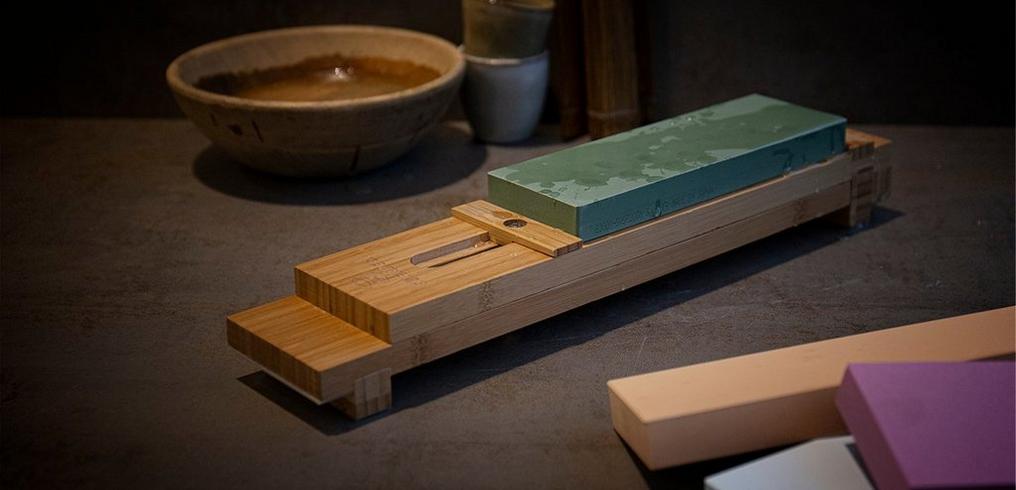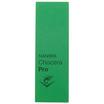
Japanese Whetstones: traditionally speaking the sharpest choice
Sharpening knives has become a true art form in the Japanese culture. For this reason they know exactly what type of tools you need to end up with razor-sharp knives. It is therefore not surprising that the best sharpening stones come from Japan.
Top-5
















































Use of a Japanese whetstone
Enthusiasts and sharpening experts can use Japanese whetstones to keep their knives in great shape, always!
In most cases a sharpening stone is comprised of sharpening grains and a binding agent. The grains have cutting edges which enables them to sharpen your knife. As soon as a whetstone is used little pieces of the grains break off, revealing a new cutting edge. The higher the number, the finer the grain. Stones with coarse grains (up to grain 400) can be used to shape the blade of a blunt knife. You can subsequently take care of the fine finish with a stone with a smaller grain.
Japanese whetstones should always be used with water. Some stones merely need to be submerged in water while others need to soak in the water for a couple of minutes. While you are sharpening your knives a small layer of water should be left on the stone.
Sharpening / Thinning edges
Japanese water stones with a coarse grit (approx. 100 to 400) are perfectly suitable for sharpening knives that are extremely dull. The coarse grit helps you to get the knives back to their correct shape (V-shape). However, we do recommend that you use a finer stone to polish it afterwards as this produces a thicker structure and therefore better cutting performance for a much longer period of time. Coarse grits are also ideal for thinning new blades making them meet with less resistance when cutting.
Retaining sharpness / Fine sharpening
Finer Japanese water stones (grain 600 to 1,000) are ideal for retaining the sharpness of your knives and for providing a finer finish to edges that have first been sharpened with a coarser grit water stone. The sharpness achieved is more than satisfactory for many users and is often better than new knives straight from the factory and also much better and more durable than the sharpness attained from simple pull-through sharpening machines.
Polishing
Extremely fine grit water stones (grain 3,000 to 10,000) are perfect for polishing knives. These stones produce a razor-sharp edge and what's more, they retain their sharpness for a longer period of time. We recommend that you first sharpen your knives using a coarser grit stone (see Retaining sharpness) since the finer grit stone removes very little material.











